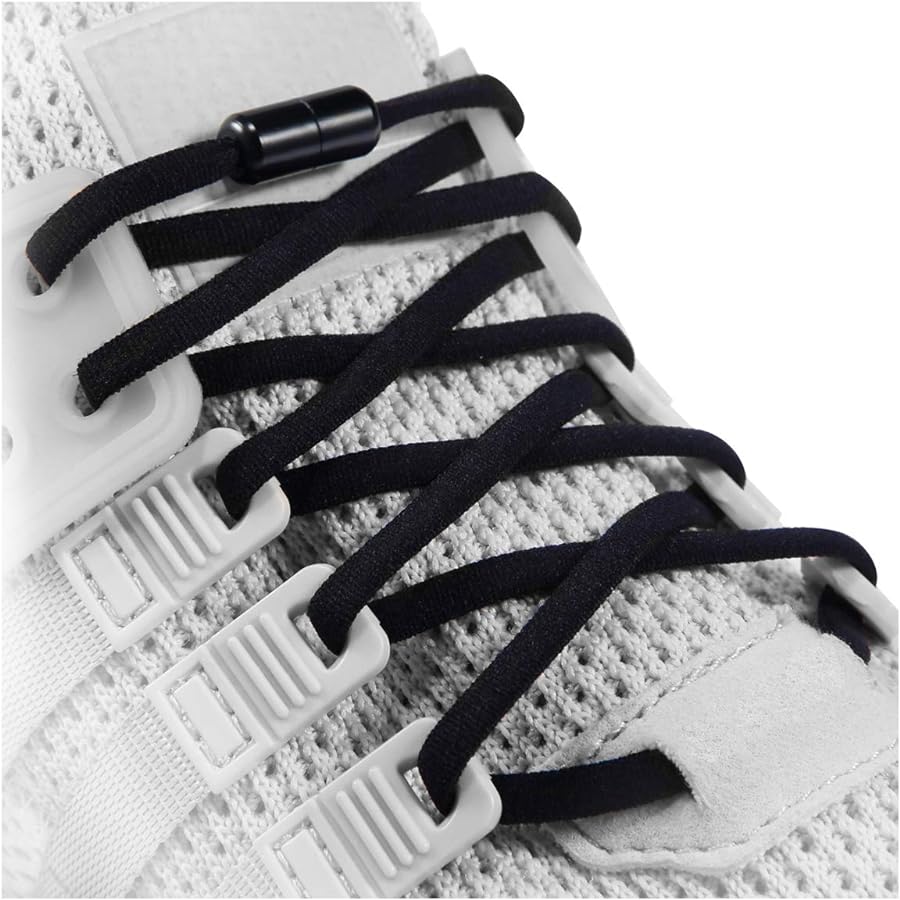Introduction:
Shoelaces that are too long can be both a practical inconvenience and a tripping hazard. Whether you’re dealing with laces that flop around, get caught underfoot, or simply ruin the aesthetic of your shoes, shortening them is a useful skill to master. This comprehensive guide will walk you through various methods to shorten your shoelaces, ensuring they stay secure and look sleek. By understanding these techniques, you can choose the one that best suits your needs and preferences while ensuring the durability and functionality of your laces.
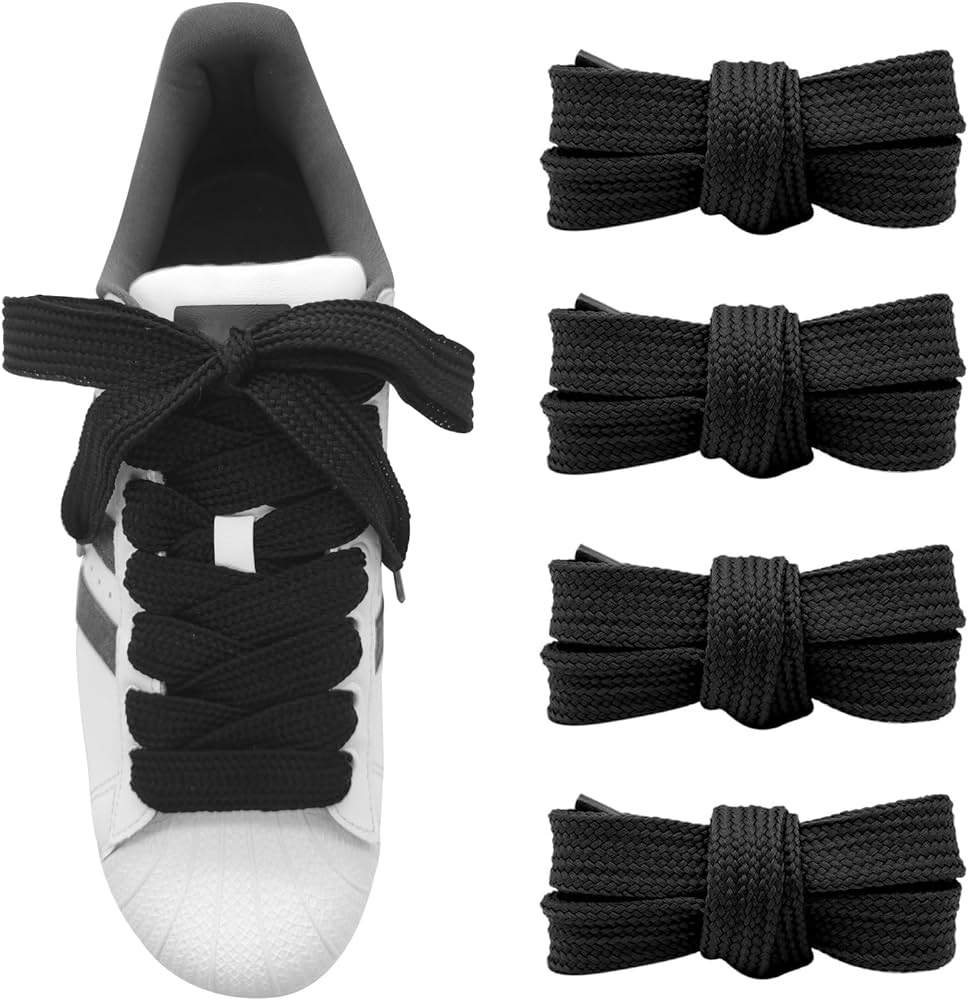
How to Shorten Shoelaces: What Are the Best Methods?
Understanding the Need to Shorten Shoelaces
Shortening shoelaces isn’t just about aesthetics; it’s also about functionality and safety.
Practical Convenience: Excessively long shoelaces can be a nuisance, constantly coming untied or getting in the way during activities. Shortening them makes daily wear more convenient and hassle-free.
Improved Safety: Long laces can be a tripping hazard, especially during athletic activities or for people who move around a lot. Shortening the laces helps reduce the risk of accidents.
Enhanced Aesthetic: Shoes often look more polished and professional when the laces are the correct length. Overly long laces can detract from the overall appearance, making shoes appear sloppy.
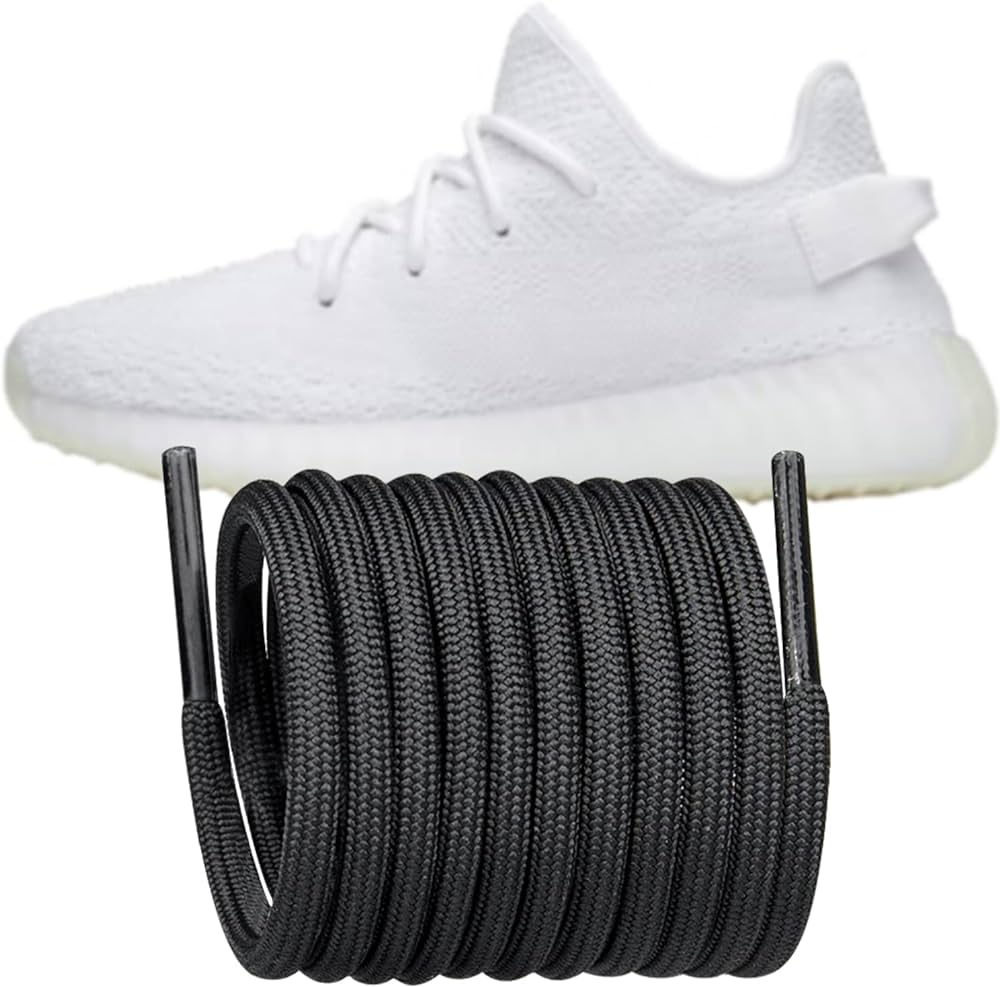
Different Methods to Shorten Shoelaces
There are various techniques to shorten shoelaces, each offering distinct advantages. Here, we explore the most effective methods in detail.
Cut and Seal Method:
The cut and seal method is one of the most straightforward techniques for shortening shoelaces.
Materials Needed:
- Scissors
- Lighter or match
- Clear nail polish (optional)
- Tape (optional)
Steps to Follow:
- Measure the Desired Length:
- Put on the shoes and lace them up to see the exact length you need.
- Mark the desired length by tying a temporary knot where you plan to cut.
- Cut the Excess Length:
- Remove the shoelaces from the shoes.
- Using sharp scissors, cut the laces at the marked point.
- Seal the Ends:
- To prevent fraying, use a lighter or match to carefully melt the cut ends of the shoelaces.
- If the laces are made of natural materials that don’t melt, apply a small amount of clear nail polish to the ends to seal them.
- Alternatively, you can wrap a small piece of tape around the end before applying heat to create a neat finish.
Knotting Method:
If you prefer not to cut your shoelaces, the knotting method offers a temporary way to shorten them.
Materials Needed:
- None
Steps to Follow:
- Put on the Shoes:
- Lace up your shoes as you normally would to determine how much excess length you need to manage.
- Create a Knot:
- Tie a small knot or series of knots in the shoelace at a point where it will be hidden by the eyelets or the shoe tongue.
- Adjust the knot(s) until the laces are the desired length.
- Tuck the Laces:
- Tuck the excess shoelace into the side of the shoe or under the footbed to keep it concealed.
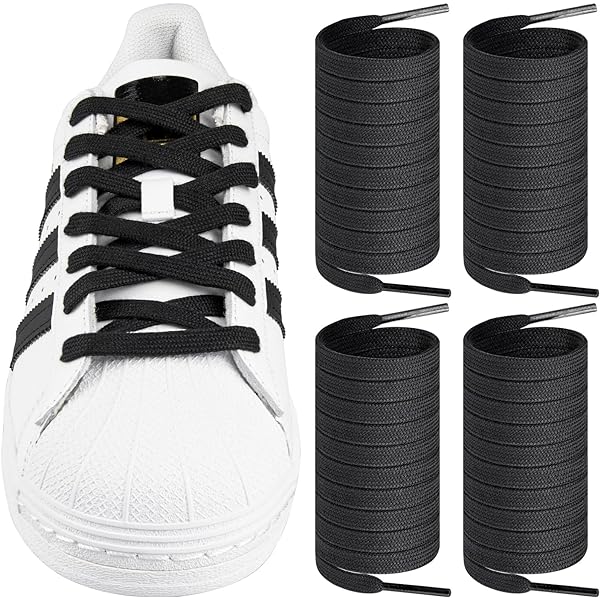
Barrel Lacing:
Barrel lacing is a functional and aesthetic method for managing long shoelaces without cutting them.
Materials Needed:
- None
Steps to Follow:
- Lace Up the Shoes:
- Begin by lacing your shoes as you normally would.
- Create Barrel Loops:
- When you reach the top eyelets, fold each end of the shoelace back on itself to form a loop.
- Wind the lace around the loop several times until you reach the end.
- Tuck the lace end into the last loop to secure it.
- Adjust the Loops:
- Adjust the tightness of the loops and the overall fit of the lacing to ensure comfort and security.
Elastic Laces:
Switching to elastic laces is a more permanent solution that offers added convenience, especially for athletic shoes.
Materials Needed:
- Elastic laces
- Scissors
- End caps or aglets (usually provided with elastic laces)
Steps to Follow:
- Remove Old Laces:
- Take out the existing shoelaces from your shoes.
- Insert Elastic Laces:
- Thread the elastic laces through the eyelets as you would with regular laces.
- Adjust Length and Cut:
- Put on the shoes and pull the elastic laces to the desired tension.
- Knot the laces at the appropriate length and cut off the excess.
- Secure Ends with Caps:
- Attach the provided end caps or aglets to prevent fraying and ensure a neat finish.
Replacing Aglets If you opt for the cut and seal method but want a more polished finish, replacing the aglets (the metal or plastic tips on shoelaces) can give a professional look.
Materials Needed:
- New aglets (available online or at craft stores)
- Small pliers (optional)
- Super glue (optional)
Steps to Follow:
- Prepare the Laces:
- After cutting the laces to the desired length, ensure the cut ends are sealed to prevent fraying.
- Attach New Aglets:
- Slide the new aglets onto the sealed ends of the laces.
- If necessary, use small pliers to secure metal aglets, ensuring they grip the lace firmly.
- For plastic or adhesive aglets, apply a small amount of super glue inside the aglet before attaching it to the lace.
- Allow to Set:
- Let the glue dry completely if you’ve used it, ensuring the aglets are securely attached.
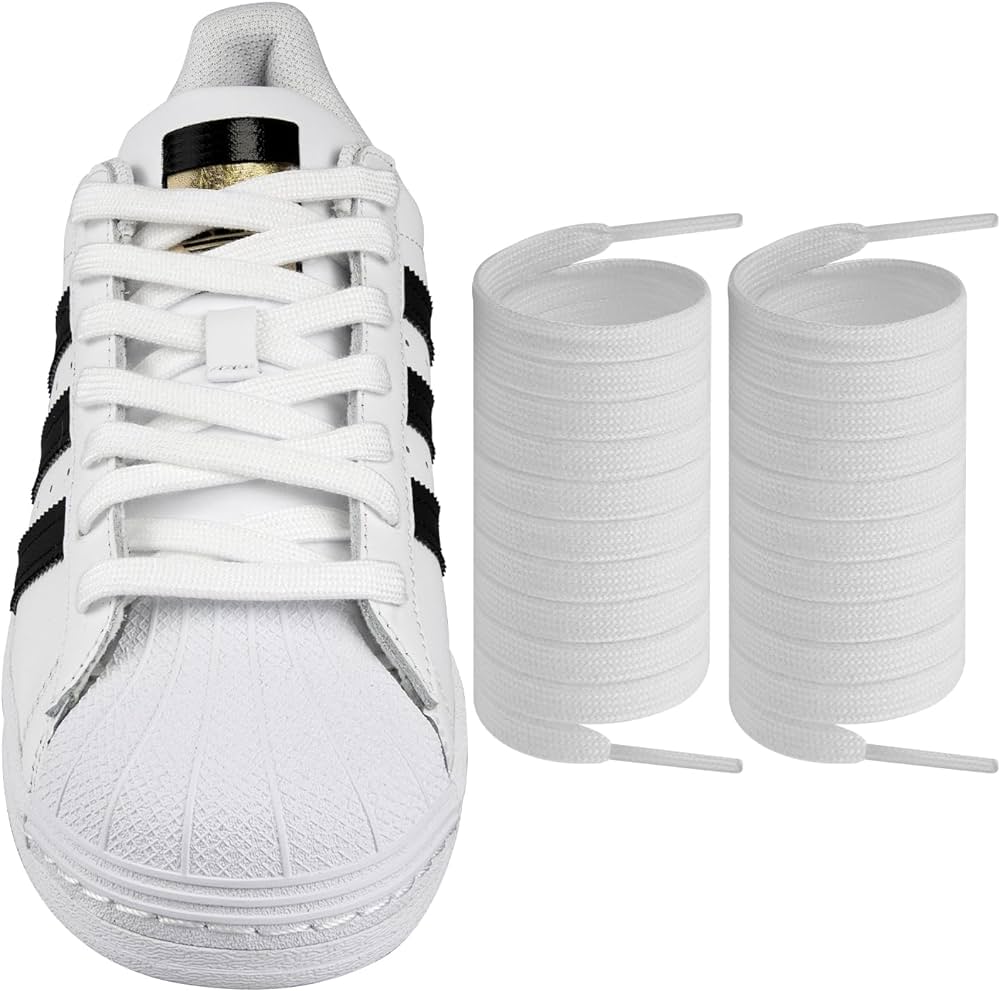
Choosing the Best Method
Each shortening technique has its advantages and is suited to different needs and preferences.
Durability: The cut and seal method, paired with replacing aglets, offers a permanent solution that is both durable and neat. This method is ideal if you want a long-term fix that maintains the aesthetic appeal of your laces.
Flexibility: The knotting method and barrel lacing are less permanent and allow for adjustments. These are suitable for those who might want to revert to the original lace length or frequently change lace styles.
Convenience: Elastic laces are perfect for athletic or children’s shoes, where ease of use and quick adjustments are priorities. Their flexibility and stretch make them a practical choice for an active lifestyle.
Practical Tips for Shortening Shoelaces
Regardless of the method you choose, the following tips can help ensure success and maintain the integrity of your laces.
Measure Twice, Cut Once: Before cutting shoelaces, double-check the length to avoid cutting them too short. Ensuring you have the correct measurement reduces the risk of making irreversible mistakes.
Maintain Symmetry: When shortening both laces of a pair of shoes, ensure they are cut to the same length. This symmetry not only looks better but also provides a balanced and comfortable fit.
Seal Properly: Properly sealing the ends of cut laces is crucial to prevent fraying. Use enough heat to melt synthetic fibers or adequate sealant for natural fibers, but avoid burning or overapplying to maintain flexibility.
Adjust Gradually: When using temporary methods like knotting, adjust the length gradually. Make small knots or loops first and test the fit before making more adjustments. This approach helps achieve the perfect length without over-tightening.
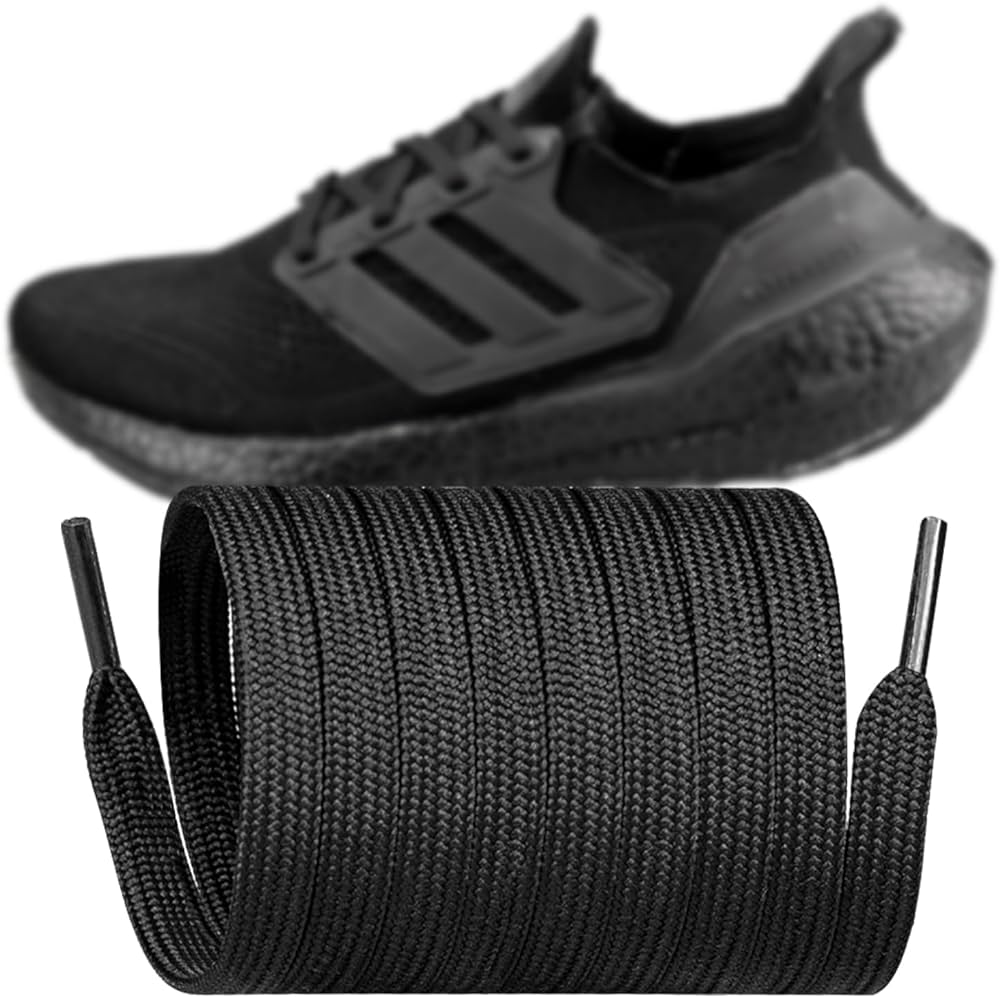
User Experiences and Feedback
Understanding the experiences of others can provide useful insights and tips.
Positive Feedback on Durability: Users who have used the cut and seal method paired with new aglets report high satisfaction with the durability and neat finish. They find this to be a permanent solution that maintains the laces’ aesthetic appeal.
Convenience and Flexibility: Users who prefer the knotting method or barrel lacing appreciate the ability to make quick adjustments. These methods are praised for their flexibility and the ease with which they can be reverted if needed.
Innovative Solutions: Those who switch to elastic laces often highlight the convenience and enhanced comfort. These laces remove the need for frequent retightening and provide a snug fit that adapts to movement.
Challenges and Considerations: Some users mention challenges in getting a perfect seal on natural fiber laces. For these, using clear nail polish or adhesive provides a satisfactory alternative to prevent fraying.
Conclusion
Shoelaces that are too long can be both inconvenient and unsafe, but shortening them is a straightforward process when you understand the different methods available. Whether opting for the cut and seal method, knotting, barrel lacing, or switching to elastic laces, each technique offers distinct advantages based on your needs and preferences. By properly measuring, sealing, and adjusting your shoelaces, you can ensure they stay functional, safe, and aesthetically pleasing. With the right approach, you can master the skill of shortening shoelaces, enhancing both the look and performance of your footwear.
